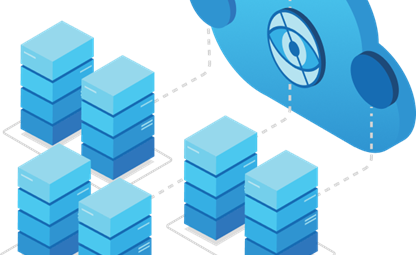21 Aug 2016
Continuous delivery leads to continuous improvement

Agile is a philosophy, not a science. It is up to you to decide what continuous delivery means in your organization, but there are some best practices and seasoned advice you can follow to ensure you are always delivering your best product.
As you may know, Agile development uses timeboxes to for scheduling. Every timebox should produce potentially shippable product, a commonly used timebox is two weeks. This provides two very important opportunities for your organization.
1) You can potentially ship the latest software every two weeks. If your software isn''t ready when a release date arrives then you have, at most, a two-week old increment on which you can fall back. If you need an urgent update then your next release is, at most, two weeks away.
2) You can test and audit the latest software every two weeks. This mean you get to compare a working product with you customer requirements every two weeks. If your understanding of the customer requirements change or you find that you are focusing on the wrong features, then you can change direction at that time without interrupting development.
Not every timebox will give you huge improvements, don''t expect everything to get done in one timebox either. Even when the development teams deliver news that they couldn''t finish their scheduled tasks, they still provide vital information about the product that they can use during the next timeboxed development cycle. This is a good example of continuous delivery; even when you don''t have a product improvement you can have a team improvement.
Continuous delivery will be unique for you, so don''t get caught up in someone else''s success stories. Try to understand the philosophy and apply it to your organization. If you need some advice or help along the way, find someone with experience implementing Agile and feel free to contact us


